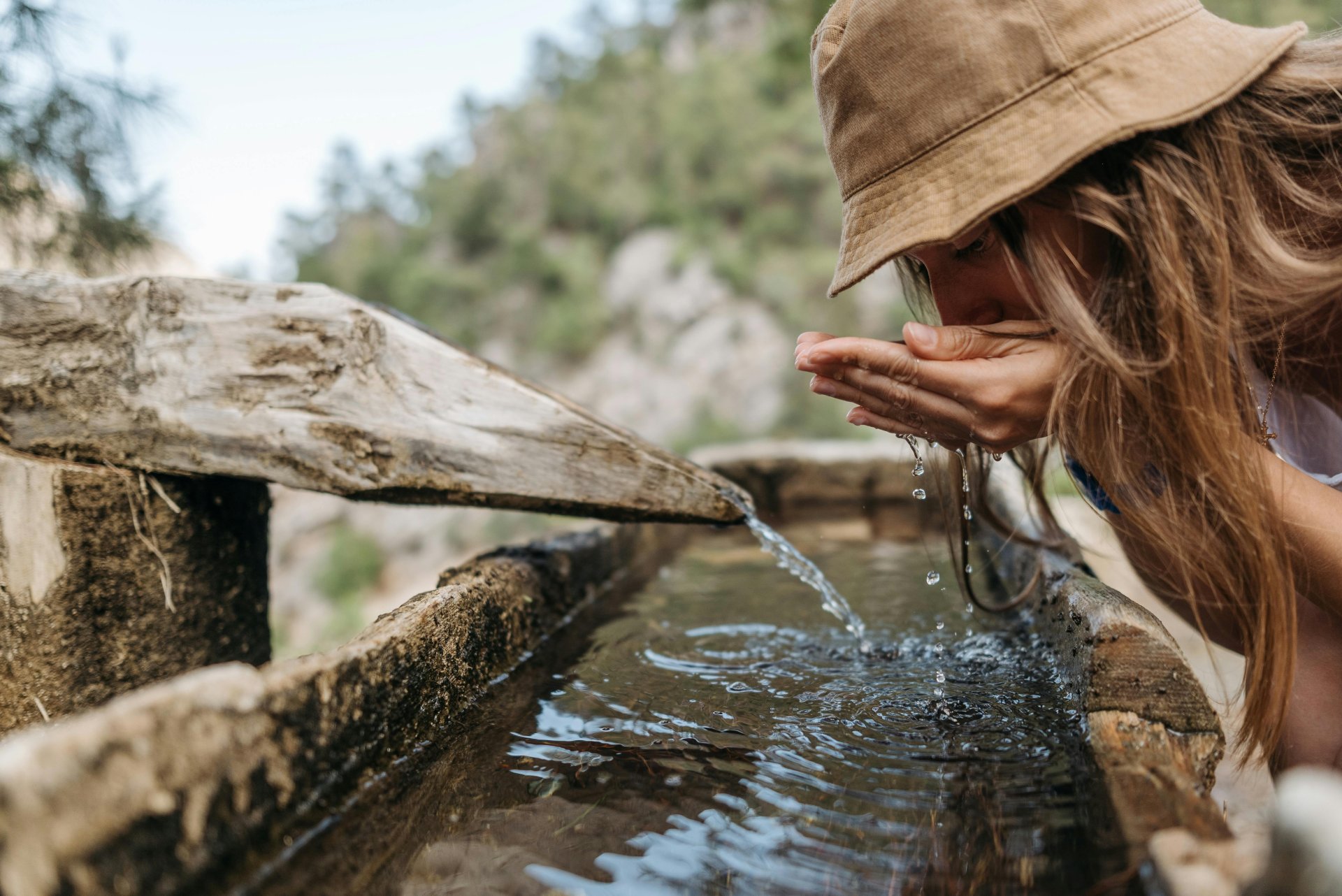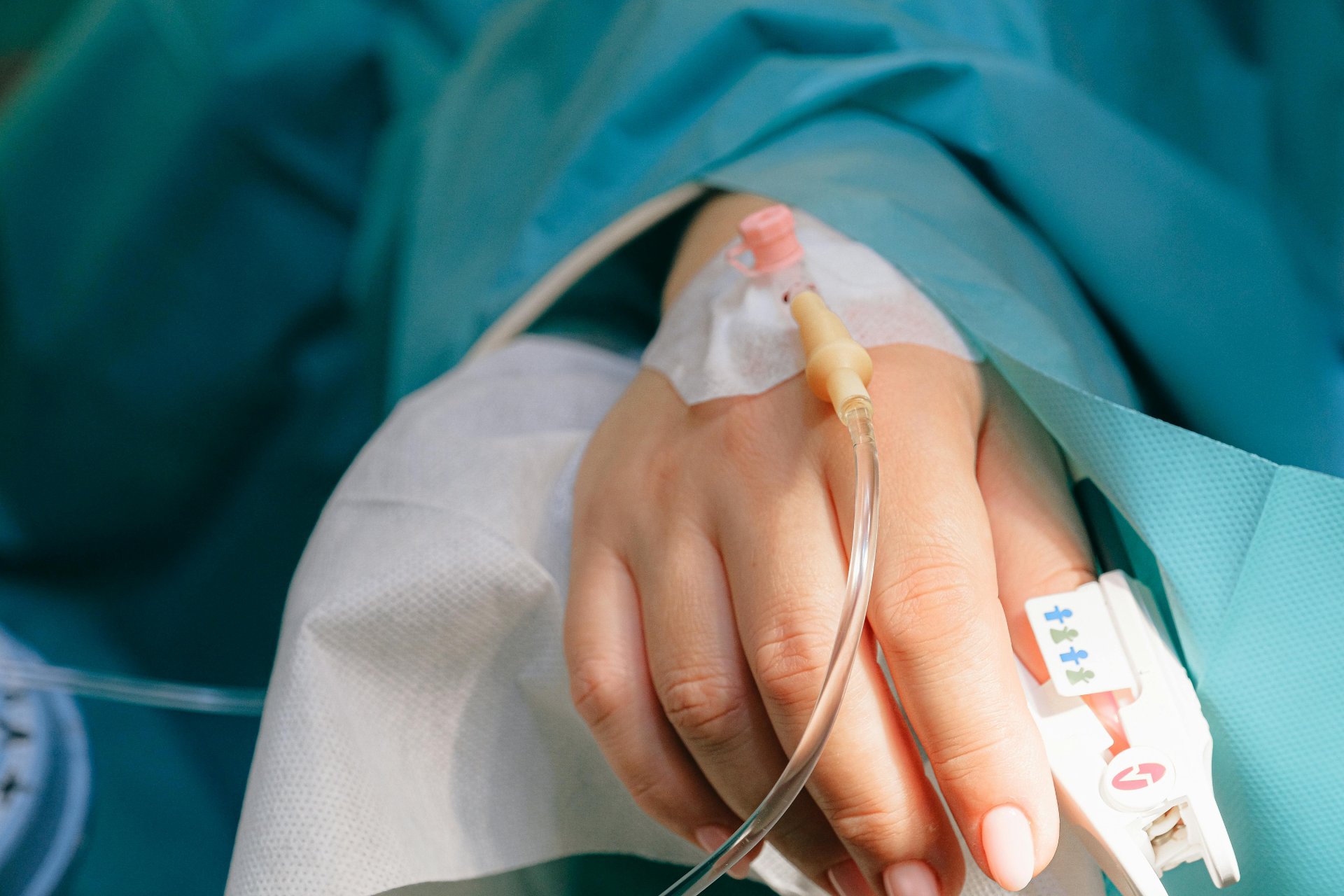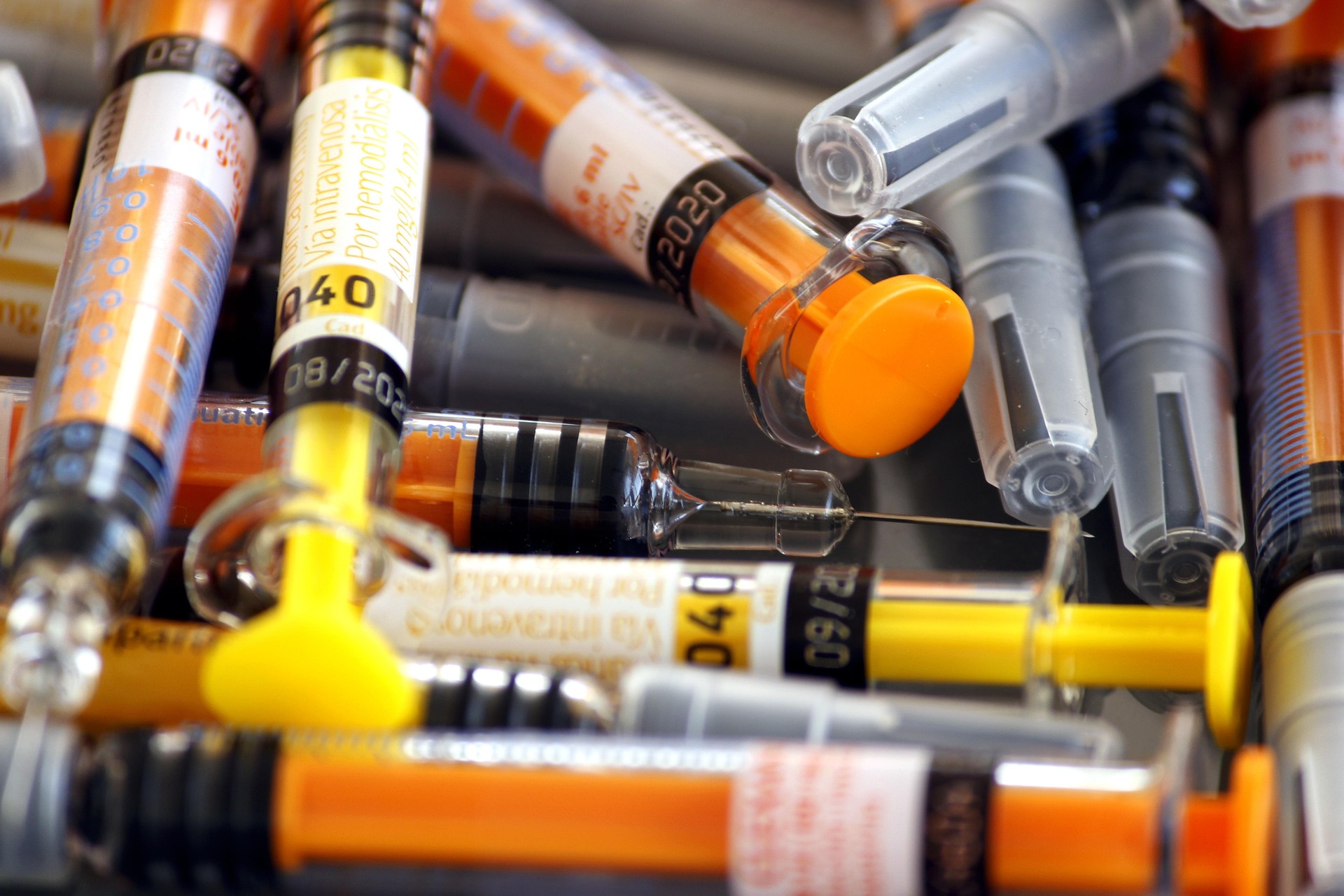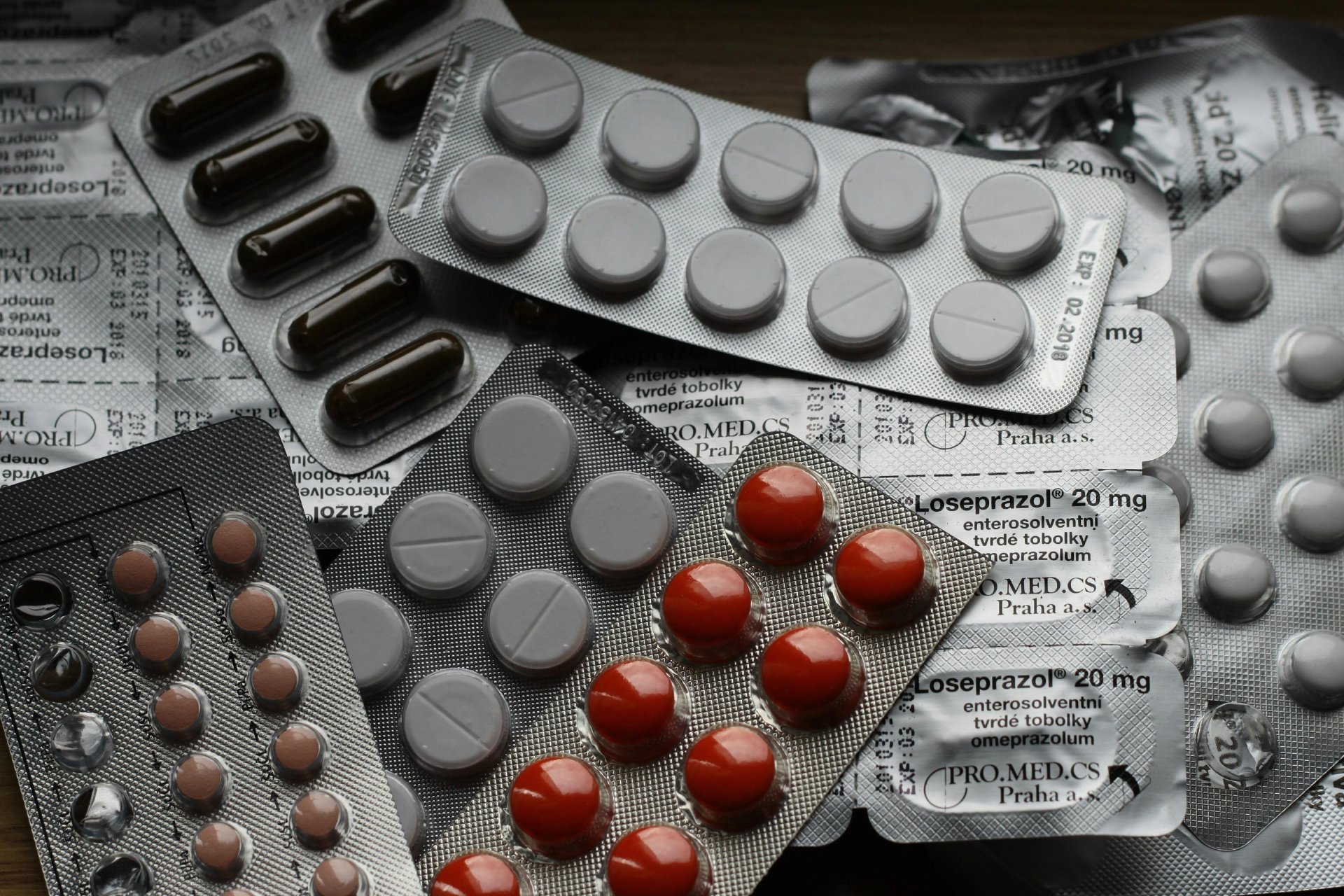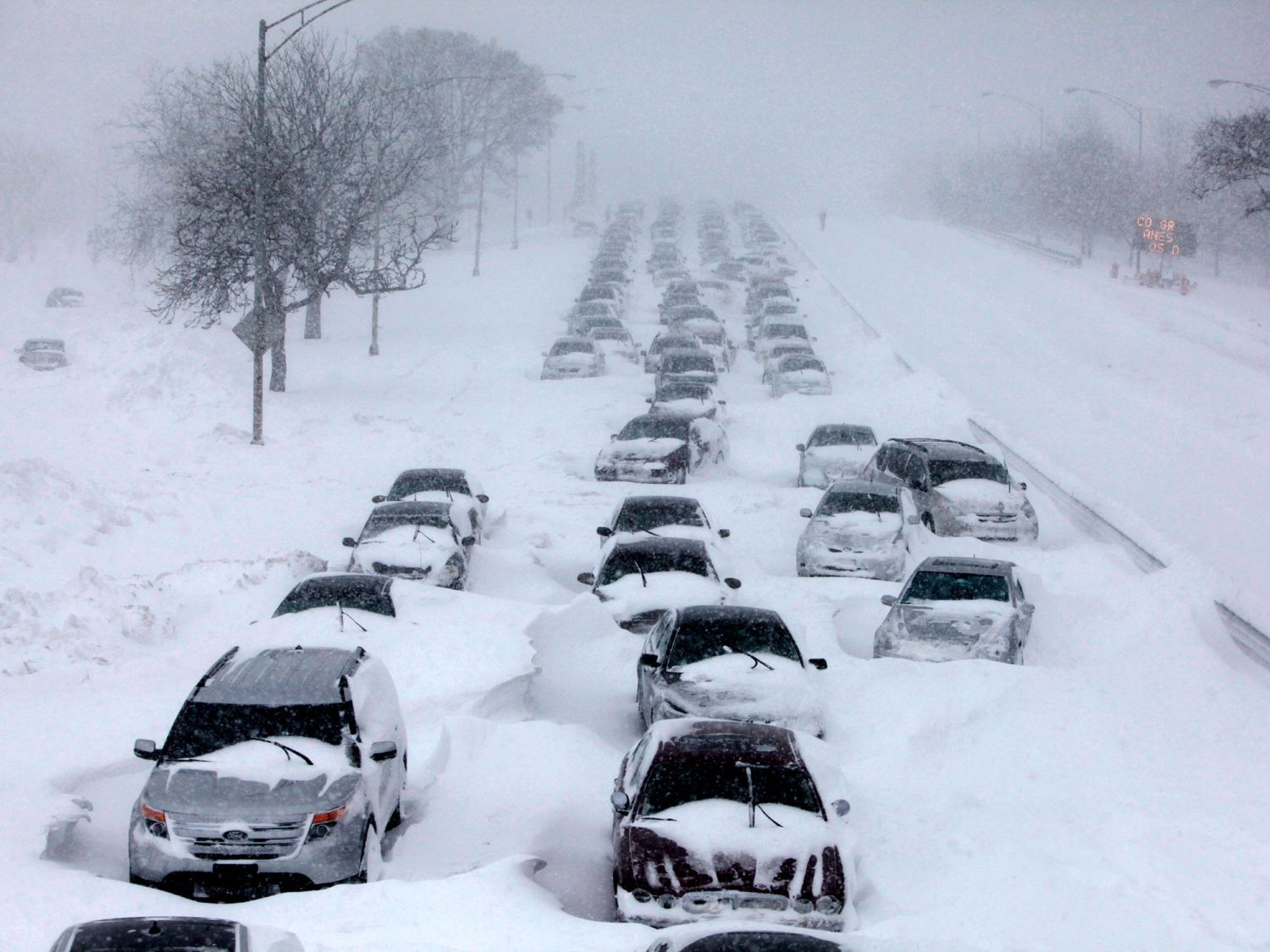Article Highlights:
- Safe vs. Unsafe Countries for Tap Water: Countries like Iceland and Japan offer safe drinking water, while nations like India and Mexico pose significant health risks due to contaminated water sources.
- Health Risks: Drinking unsafe tap water can lead to gastrointestinal infections, parasitic diseases, and exposure to harmful chemicals, making safe drinking practices essential.
- Preparation Is Key: Travelers should research water safety, pack purification tools, and avoid drinking tap water in risky regions.
- Importance of Water Filtration and Purification: Filters alone are insufficient for some contaminants; combining filtration and purification ensures safer drinking water.
Tap Water: The Best and Worst International Destinations for Travelers
Travelers are frequently warned not to drink the water. But is all tap water bad for you? When traveling internationally, one of the most important considerations is the quality of tap water. While some countries ensure safe drinking water for residents and visitors, others pose significant health risks. This article explores the ten best and ten worst international destinations for drinking tap water, the potential dangers, and how tourists can prepare, protect, and recover.
Countries With the Safest Tap Water
Iceland
Pristine natural resources, including glacial melt, make Iceland’s tap water exceptionally pure and contaminant-free.
Norway
Norwegians benefit from an abundance of clean, fresh water from lakes and rivers. The tap water is treated to meet stringent safety standards, ensuring a refreshing drink.
Switzerland
Stringent water regulations ensure tap water is safe to drink, even from public fountains.
Japan
Advanced filtration systems keep Japan’s tap water clean and safe throughout the country.
Australia, Germany, Finland and Canada
These countries enforce strict water quality standards and testing protocols, guaranteeing safe drinking water.
Singapore
Singapore’s tap water is among the best in the world, subject to rigorous testing and treatment processes. The government ensures that residents and tourists can drink water straight from the tap.
New Zealand
With abundant natural resources, New Zealand’s tap water is safe to consume in most areas. The country prioritizes water quality, ensuring that locals and visitors can hydrate safely.
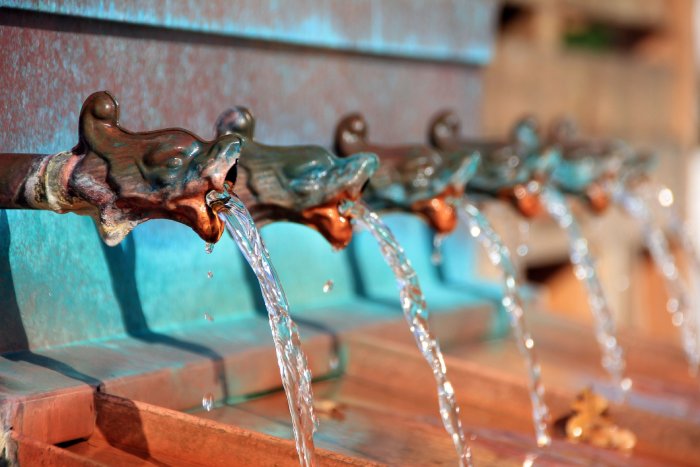
Countries with Unsafe Tap Water
India, Mexico, Nigeria, Indonesia and Egypt
These countries suffer from water contamination due to poor infrastructure. Bacteria and parasites enter the water system and potentially cause gastrointestinal diseases. Tourists are advised to drink bottled water or use purification methods.
Bangladesh and Peru
Unsafe drinking water poses significant health risks due to improper sanitation. Tap water is often contaminated with bacteria and other pathogens. Travelers should stick to bottled water, especially in rural areas.
Haiti and the Philippines
Despite efforts, these countries still struggle with water quality issues and tap water may contain harmful microorganisms. Tourists should avoid drinking tap water altogether.
Vietnam
While major cities may have improved water quality, tap water in many areas remains unsafe. Tourists are advised to drink bottled water.
Dangers of Drinking Contaminated Water
Drinking tap water in unsafe destinations can lead to various health issues, including:
- Gastrointestinal Infections: Bacteria like E. coli and Salmonella can cause severe diarrhea, vomiting, and dehydration.
- Parasitic Infections: Parasites such as Giardia can lead to long-term digestive problems.
- Chemical Contaminants: Heavy metals and other pollutants can result in chronic health issues, affecting the liver, kidneys, and nervous system.
- Cholera and Typhoid Fever: In areas with poor sanitation, these diseases can be transmitted through contaminated water.
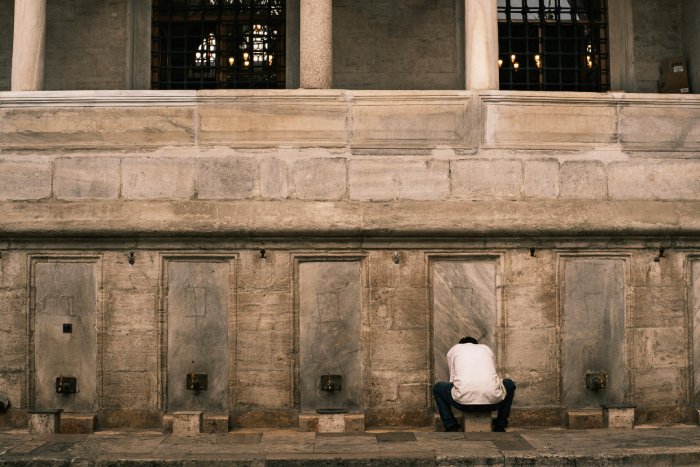
Filter or Purify?
Filtering or purifying tap water while traveling can remove harmful contaminants, such as bacteria, viruses, and parasites, making previously unsafe water safe to drink. Using tools like portable water filters, purification tablets, or UV light purifiers, travelers can protect themselves from waterborne diseases and enjoy safe hydration even in regions with compromised water quality.
“Filtering and purifying water are two different, yet important things,” said Jeff Weinstein, a paramedic and manager of medical operations at Global Rescue. “It is important for the user to understand the difference and importance of both.”
The definition of water purification — the process of removing chemicals, contaminants, suspended solids and gases from water — doesn’t hold for all commercial products. There’s a difference between filters and purifiers:
- Filters strain out protozoan cysts (like Giardia lamblia) and bacteria (like Cholera). Filters also remove dirt, plastic, and other sediments.
- Purifiers catch viruses, like hepatitis A and norovirus, which are too small for most filters.
Water filters provide different levels of protection. There are products that can provide 0.1 micron filtration for bacteria, while others filter to 0.2 microns and remove bacteria, parasites and microplastics. Then some filters only make your water taste better, so read the product details carefully before selecting one.
In Ghana, more than half the people have limited sanitation services. In this case, you’ll want to purify drinking water. When traveling in less developed countries where sanitation is unreliable, it’s more likely that pathogens will make their way to the faucet.
“Water purification can occur through the use of chemicals (such as chlorine and iodine), by boiling water, or by utilizing UV rays,” Weinstein said.
Boiling kills all the bacteria, viruses and protozoa swimming around in the water. If done properly, the radiation from UV light will also destroy bacteria and other organisms. Chlorine dioxide or iodine tablets will also help, but some strains are extremely resistant to chemical disinfectants.
“Iodine tablets are for emergency purification of water; they shouldn’t be the primary plan for having clean water,” says Harding Bush, associate director of security operations at Global Rescue.
Weinstein recommends combining filtering and purifying water while traveling — every single time you drink from a water source.
“It’s what we learned in wilderness school. There are two means of treating water for drinking purposes: filter it, and then purify it. Period,” Weinstein said. There are products, like the MSR Guardian, that do both at the same time.
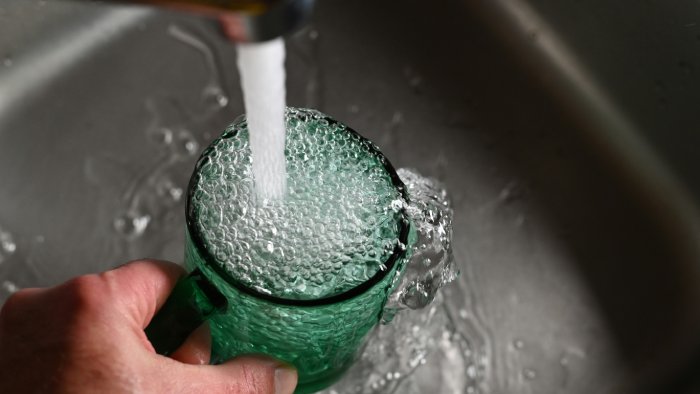
Did You Drink Tap Water and Get Sick?
If you think you may be ill from drinking unsafe water, there are steps to take to recover.
First, be aware of symptoms indicating waterborne illnesses, such as diarrhea, stomach cramps, nausea, and fever. Early identification can help you seek medical attention promptly.
Second, stay hydrated. If you experience gastrointestinal issues, it is crucial to hydrate. Use oral rehydration solutions (ORS) or electrolyte packets to replenish lost fluids and minerals. If symptoms persist or worsen, seek medical assistance. If you suspect you have contracted a serious disease, such as cholera or typhoid fever, consult a healthcare professional immediately for diagnosis and treatment.
Try probiotics for recovery. After an upset stomach, consider taking probiotics to help restore gut flora. Yogurt with live cultures or probiotic supplements can aid in recovery.
The Global Rescue Connection
When you’re a Global Rescue member, no medical request is too small. Medical advisory services are included with every Global Rescue travel protection services membership. Do you have a mild upset stomach or severe TD with cramping? Are symptoms getting worse? With more than a million members, you can imagine the number of calls at Global Rescue.
Some questions, like “Do I have a gastrointestinal infection” or “Have I contracted Salmonella” are precisely the reasons to contact Global Rescue to help sort out whether your symptoms are a minor concern or something more serious.
Medical advisory services are here to answer questions and provide guidance for our members’ concerns. There are many ways to contact Global Rescue for medical advisory services: an email, a phone call or a quick message on the Global Rescue Mobile App.
Drinking tap water while traveling can be a convenient way to stay hydrated, but it comes with risks. Understanding which destinations have safe drinking water and which do not is crucial for a healthy travel experience. By preparing ahead, taking precautions, and knowing how to recover from potential issues, travelers can navigate the global landscape of drinking water with confidence.
Whether you’re sipping from a glacial stream in Iceland or reaching for a bottle in the streets of Mexico, being informed and prepared ensures that your travels remain enjoyable and safe. Always prioritize your health and well-being and remember that hydration is essential—not just for your body, but for making the most of your travels abroad.

